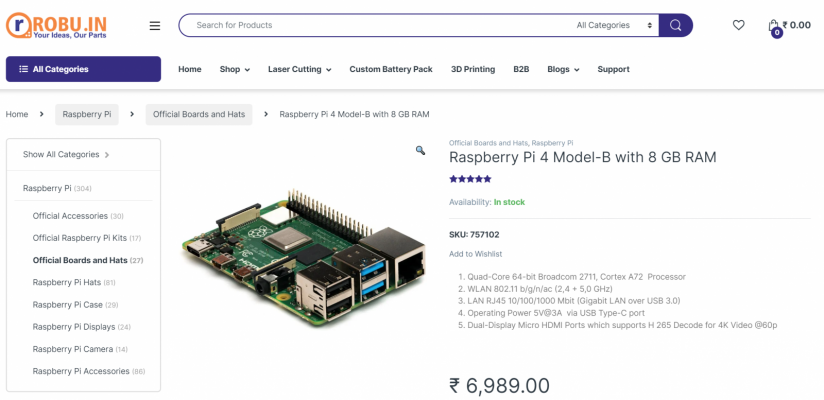Unfortunately, you were extremely dismissive of my post to begin with your "one wonders what you are doing in this thread" comment. One needs to be accommodative of other opinions in general and not to try to be gatekeepers of threads or devices they like.
Well, you started it. You could have just described your experience or sought other's views on the issues you faced and be done with that. But no, you had to diss others by ending with a line like "a lot of people just try to get a lot of things done from it inefficiently". Just because you faced an issue in your case does not mean you judge others on how they use theirs. If I need to point that out again, I will not hesitate to do it.
I had the first version but that had nothing to do with the thermal characteristics but rather a faulty USB-C design which excluded some chargers from being used (not a problem if you have the right charger). I was using a SATA SSD in an enclosure that of course pushed up the current draw compared to using micro SD cards.
I was only trying to guess what the issue could be but the first version did have thermal throttling under heavy load which were
fixed subsequently in firmware updates by reducing the power draw. There is a
long thread in their forum.
I was also specifically addressing the post I quoted about adblocking as I found that an Asus router with a Cortex A7 chipset and 256 MB RAM runs Adguard Home extremely efficiently in addition to file servers & torrents at a smaller footprint than a Pi.
And I have already shared an example where I am running similar multiple workloads efficiently in an old Pi 2B. My iBall router, unlike yours, does not support those out of the box so the Pi 2B was an easy option. The same Pi 2B was earlier being used as a Libreelec HTPC box but then my parents got a Firestick so it was lying unused for some time. There can be multiple solutions to the same problem. Hell even the lowly Pi Zero can serve as a very efficient system wide ad-blocker using Pi-Hole or Adguard Home.
For all the other stuff, I could already do things much more efficiently with my existing devices. The dual core Core M processor on 14 nm from 8 years ago is indeed a lot more efficient than the Pi as it can do all the tasks at its base frequency of 800 Mhz that requires full load from the Pi.
Kudos to you that you could reuse your older device that way. Most don't. A mobile CPU will always be more powerful and efficient. If you can get your workloads to run there efficiently, then great. Is that plus your router more efficient than Pi 4 ? Maybe, but without metrics, we don't know. Can we run the same workload efficiently in a Pi ? Yes. Will there be more efficient ways to run the same in other devices ? Of course.
And since you are offended by my presence in this thread, I will not bother posting here again until I decide to get a future revision of the Pi.
It is not the point about getting offended (I wasn't and if I offended you in any way, then my apologies), it is more to do with recognizing that others use the Pi in different ways given its flexibility and being efficient when doing so. Yes, it was meant for education when launched and it still is a great starting point for kids if they are interested in learning to program. It was also one of the cheapest computing device when launched. Yes, there are a lot many novelty projects and use cases out there but we have seen it being used for many practical purposes efficiently as well.




